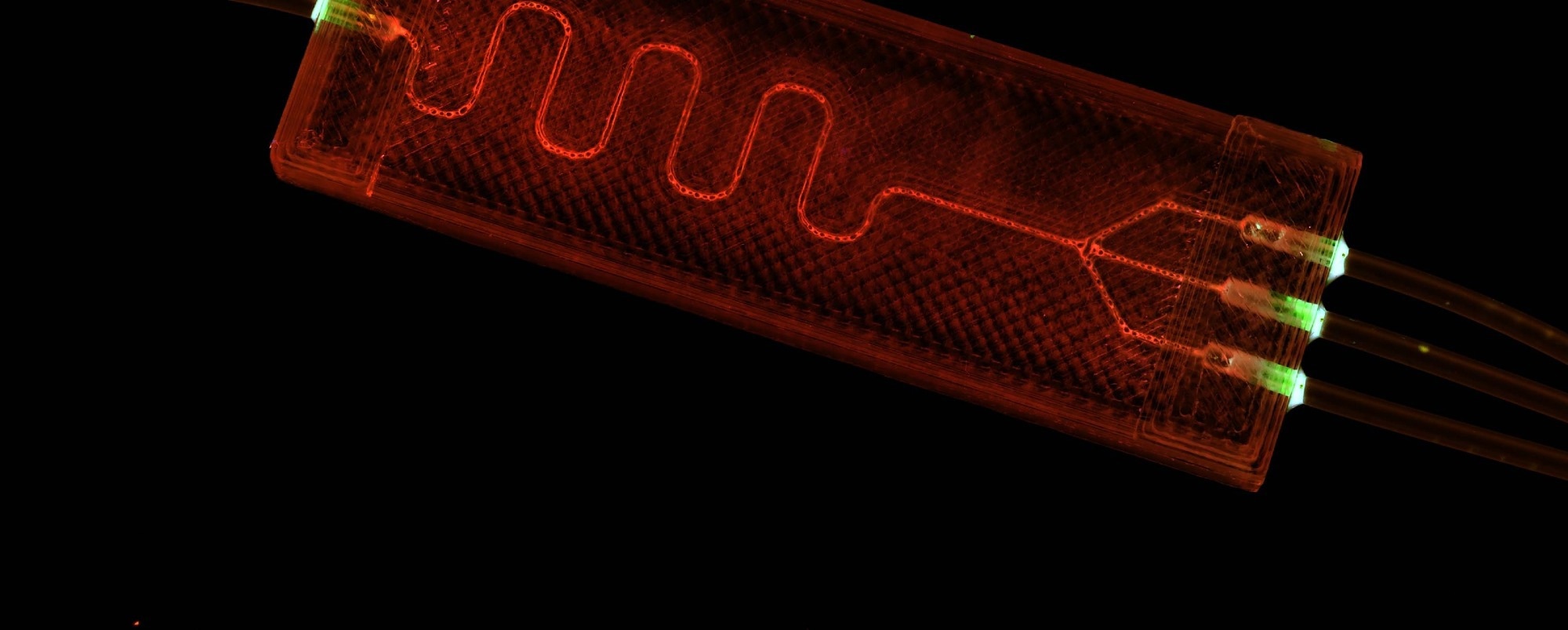A recent article in Small highlights a new method for studying tumor cell interactions and testing anti-metastatic drugs through the development of an Under-oil Open Microfluidic System (UOMS). This innovative model bridges top-down and bottom-up approaches to offer a more comprehensive way to investigate tumor behavior in a controlled environment.

Image Credit: luchschenF/Shutterstock.com
The research focuses on understanding tumor cell migration and extracellular matrix (ECM) remodeling—key factors in cancer metastasis. By utilizing this system, the study aims to improve knowledge of tumor microenvironments and assess anti-metastatic agents, particularly for triple-negative breast cancer.
Background
Cancer metastasis, where tumor cells spread from a primary site to distant organs, is a major challenge in treatment and significantly impacts patient survival. Tumor cell interactions with the ECM are critical in this process, affecting cell behavior, migration, and the overall tumor microenvironment. Traditional in vitro models often fall short of replicating the intricate cellular interactions and mechanical properties of the ECM seen in vivo, creating a need for models that better mimic physiological tumor conditions.
Microfluidic systems have become essential for studying cellular behavior due to their ability to replicate controlled environments at the microscale. However, most current models are closed systems, which restrict access to samples and limit the observation of dynamic processes. The UOMS addresses these challenges with an open design that facilitates real-time observation and manipulation of tumor-ECM interactions. This allows for detailed studies of cell migration and provides a more realistic framework for testing therapeutic agents.
The Current Study
The UOMS microtumor model combines top-down and bottom-up strategies to achieve a unique and versatile design. The top-down approach uses micrometer-scale surface patterning to precisely arrange ECM components. Photolithography techniques help create microchannels that guide the flow of cell suspensions and ECM materials.
In contrast, the bottom-up strategy uses the self-organizing properties of cells and ECM components. This enables tumor cells to spontaneously remodel the ECM, creating an environment that closely resembles the physiological tumor microenvironment. The open design of the UOMS minimizes disturbance, allowing for free physical access to samples for observation and experimental manipulation.
To evaluate the anti-metastatic potential of incyclinide (CMT-3), researchers used the triple-negative breast cancer cell line MDA-MB-231. The study incorporated in vitro assays to examine tumor cell migration and ECM remodeling under drug treatment. In addition, in vivo experiments in mouse models validated the in vitro findings, offering a robust evaluation of incyclinide's effects on tumor behavior.
Results and Discussion
The UOMS model successfully captured the dynamics of tumor cell migration and ECM remodeling. Researchers noted that the width of microfluidic channels influenced ECM fiber alignment, with specific dimensions optimizing alignment. This finding highlights the importance of microenvironmental factors in shaping tumor cell behavior.
In vitro experiments showed that incyclinide significantly reduced tumor cell migration and disrupted ECM remodeling patterns. These effects were supported by in vivo studies, where mice treated with incyclinide showed no significant changes in primary tumor size but experienced reduced metastatic spread. This highlights the potential of incyclinide as an anti-metastatic agent.
The open design of the UOMS was a key advantage over traditional closed systems, offering real-time observation and interaction with the tumor-ECM environment. By enabling the creation of a self-organized microenvironment, the UOMS improves the physiological relevance of the results, providing a powerful tool for advancing cancer research.
Conclusion
This research represents a meaningful step forward in understanding tumor cell-ECM interactions with the introduction of the Under-oil Open Microfluidic System. By integrating top-down and bottom-up approaches, the model offers a highly accurate representation of the tumor microenvironment.
The findings not only showcase the potential of incyclinide as an anti-metastatic agent but also highlight the versatility of the UOMS for studying cancer biology. Addressing the limitations of traditional models, this system provides a solid framework for more effective investigations into the complexities of cancer metastasis and the development of advanced therapeutic strategies.
Journal Reference
Li C., et al. (2025). Combining top-down and bottom-up: An open microfluidic microtumor model for investigating tumor cell-ECM interaction and anti-metastasis. Small, 2402499. DOI: 10.1002/smll.202402499, https://onlinelibrary.wiley.com/doi/full/10.1002/smll.202402499